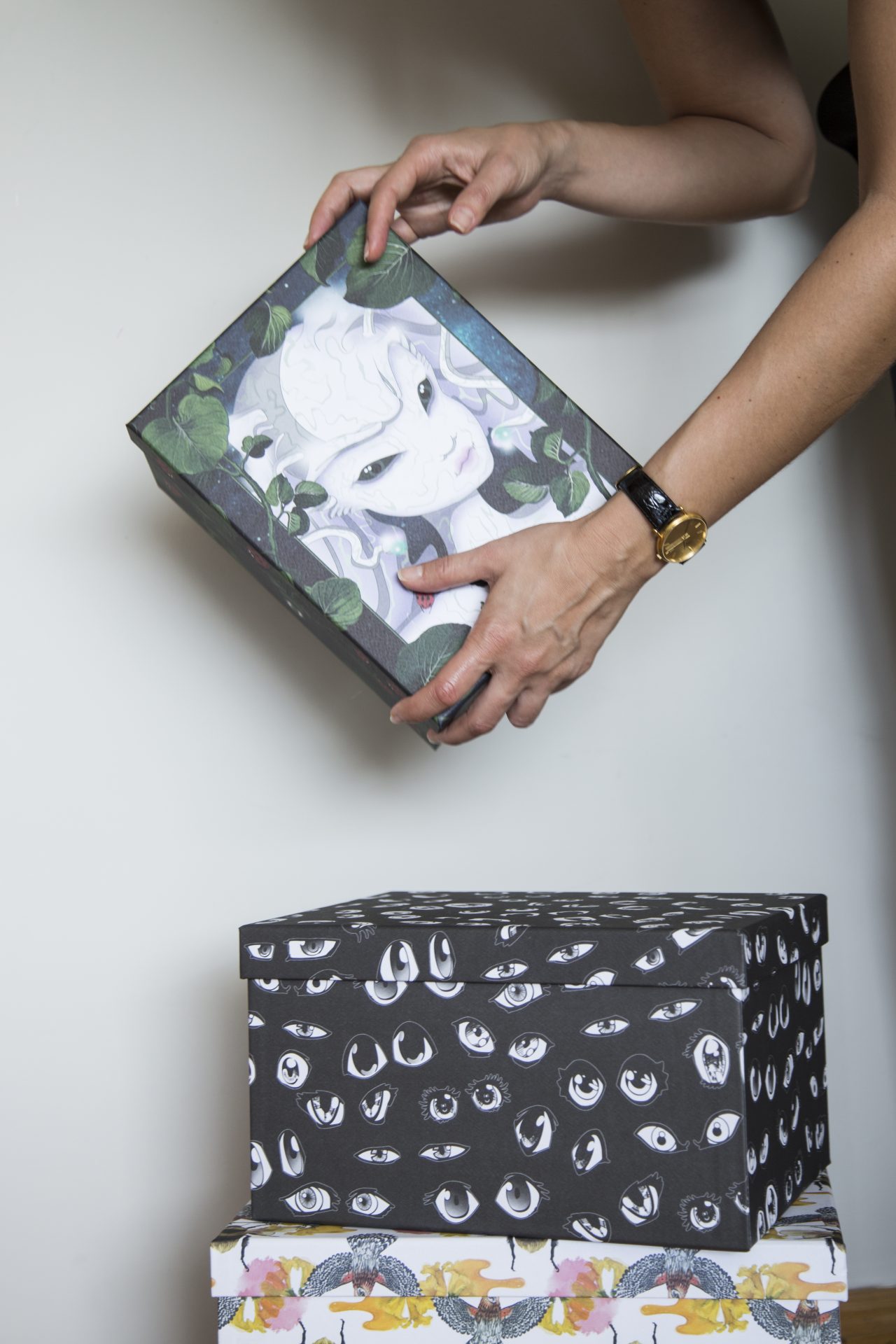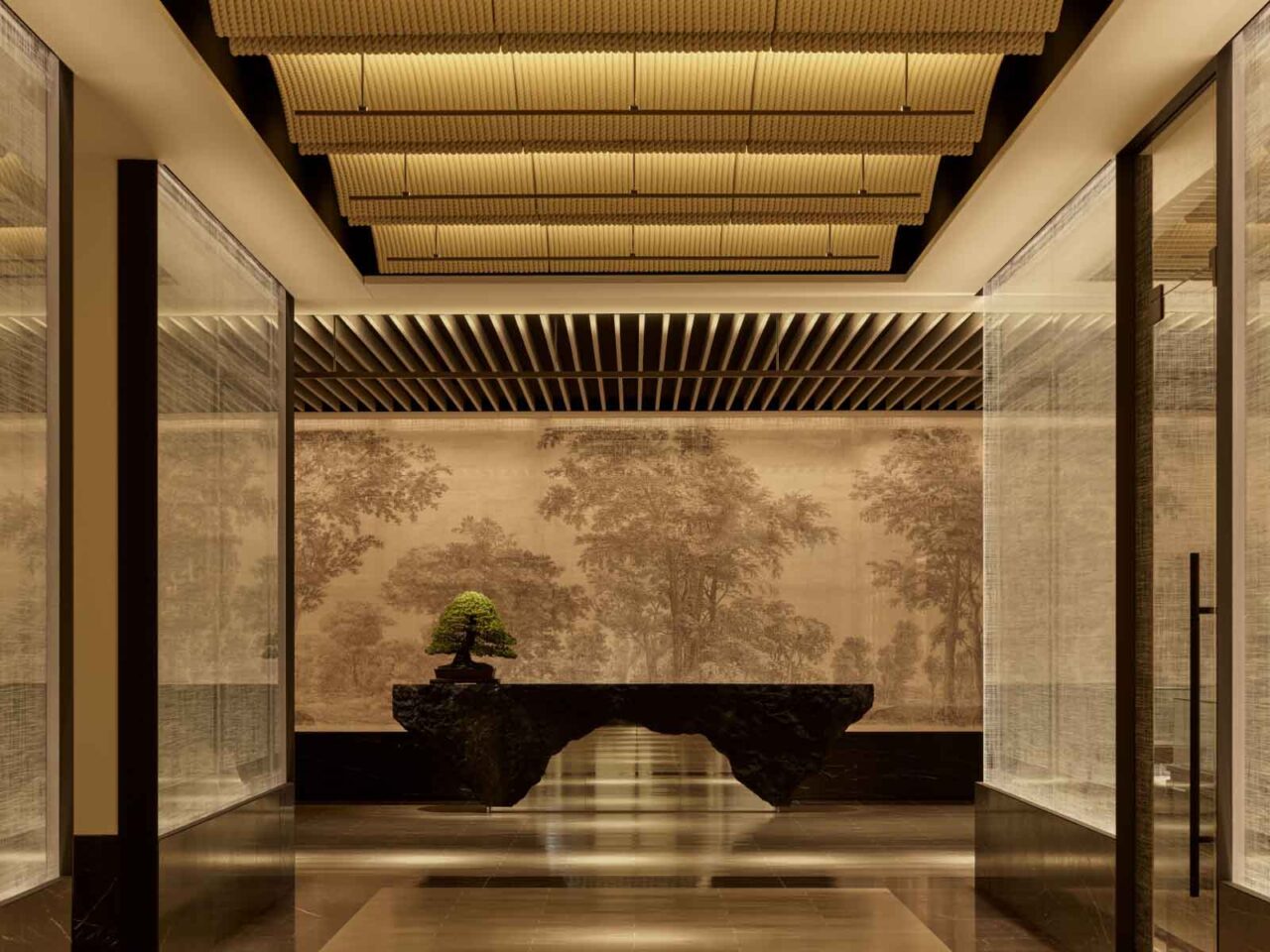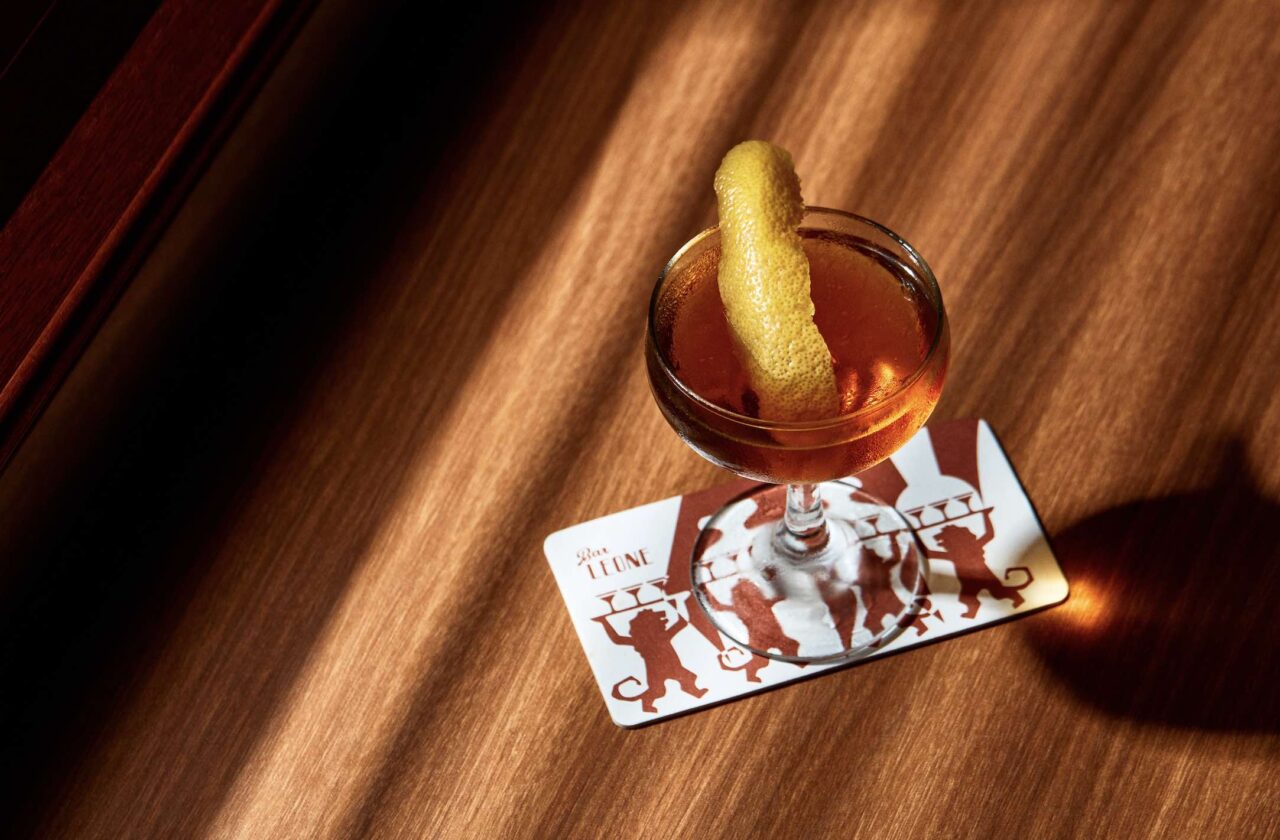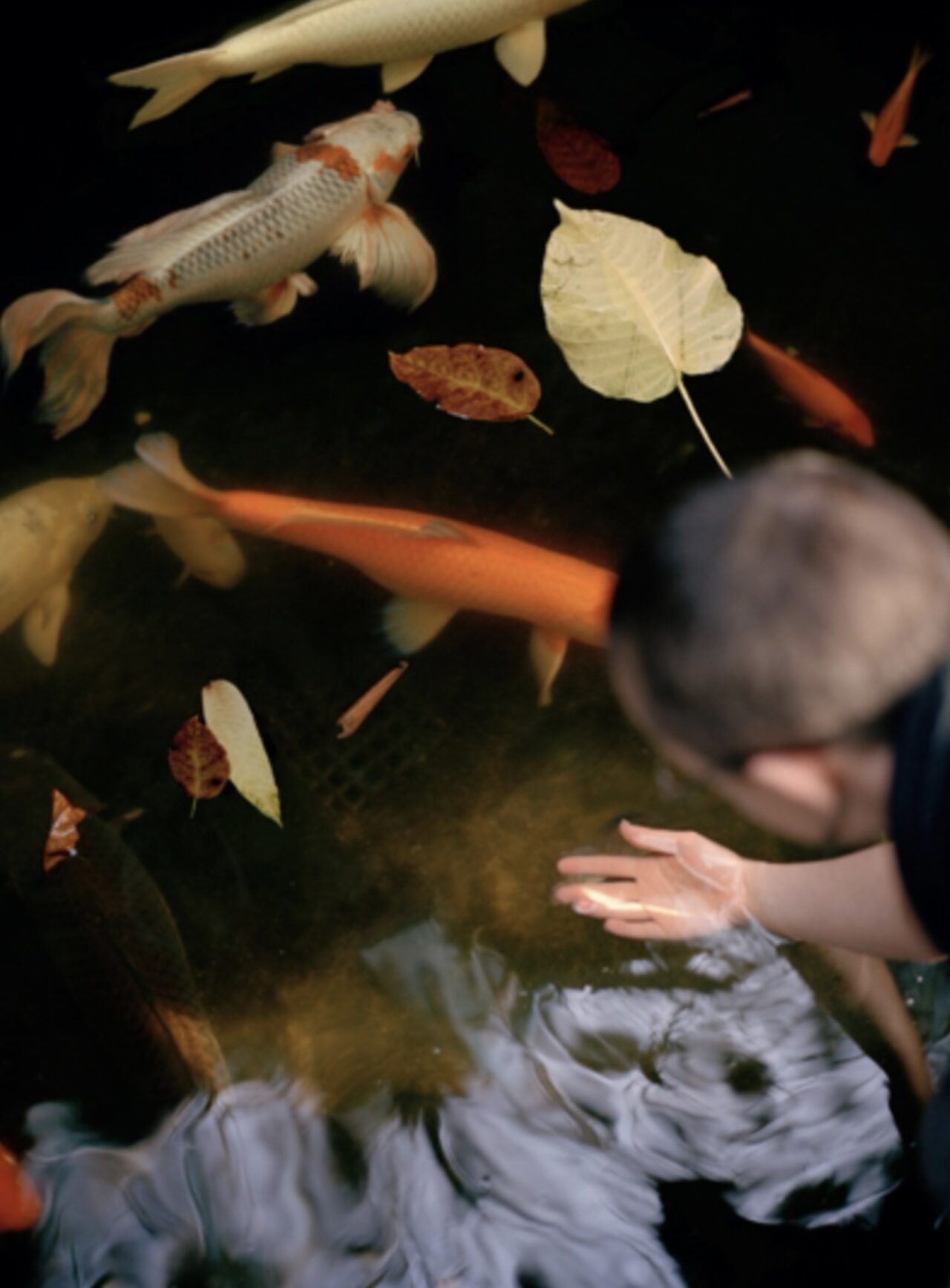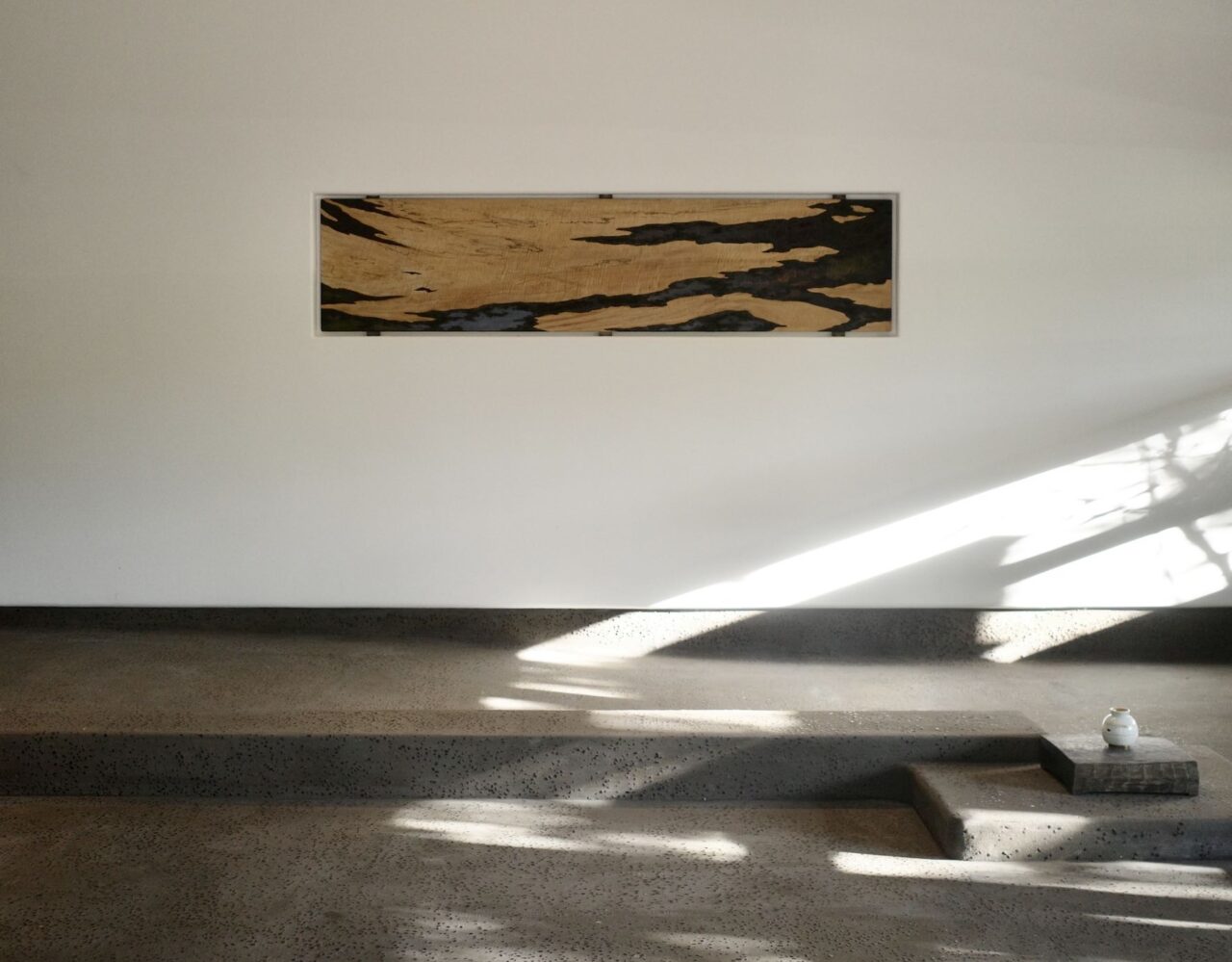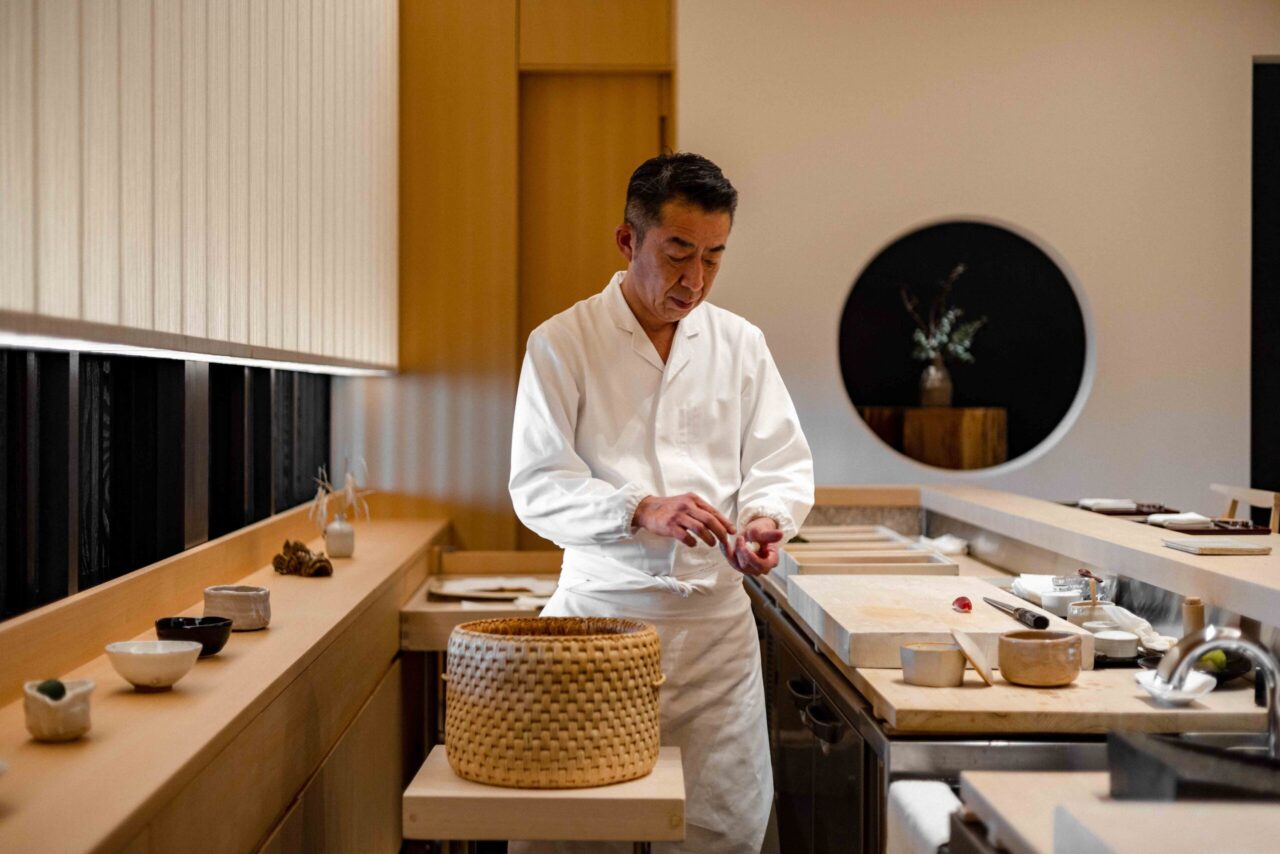Pinar Demirdag
Get To Know The Work of Socially-Conscious Visual Art Duo Pinar & Viola

Pinar Demirdag and Viola Renate are digital art duo Pinar&Viola, a socially-conscious visual art collective collaging digital images to create an alternate universe merging pop art and psychedelia. Born in Montreal to Turkish parents, Pinar Demirdag was 18 when she went to the south of France to study design. She studied her first Masters in Strasbourg, and her second in Amsterdam at the Gerrit Rietveld Academie in Amsterdam where she met her collaborative work partner Viola, soon forming their creative studio together.
Their hyper-graphic collages present a subtle yet strong message behind each concept; challenging complexities of the world today through reacting to the current societal information-overload and viral internet culture, and questioning global over-production, consumption and it’s subsequent impact on the environment. It is in these alternate worlds they create, that encourage the viewer to think differently about the future whether it is through their collaborative or client work with Ikea and Nike to name a few.

How does your creative process for each project usually begin?
As you can see our work has a pretty distinguished visual language. But for us, the visuals are there to charm you, entering your skin as a beat to get you to the core of what we’d like to communicate from the attractive visual. The idea and concept is always the starting point of our creations. The very basic reason of what we’d like to communicate. Once the message is clear, we dive deep into a visual research where we scan the contemporary visual culture in order to print creative, alternative, fashionable, future utopian ways of expressing our message.
Once we decide for a direction for the visual language, we start playing. Individually, Viola and I start experimenting, playing, testing and after a few days we share our tests with each other. We call this phase creating the foundation of our building. Once the idea, visual language and image direction is set, only then do we start making the tiles of the bathroom, which is the detailed ornamentation process, making the image go from a sketch to an image-couture piece.

How important does research play in your practice?
Each project brings us to lands, waters and subjects we haven’t mastered yet. For each project our images get a different skin, just like the outcome of a commission from Ikea should not have the same feeling as a commission from an industrial porcelain brand nor for a sports brand. We see research as travel. When you go traveling, you have an idea of what you are gonna visit, but the best discoveries are the ones that others haven’t discovered yet. This adventurer spirit is what makes us thrive in our research phase. We value research as much as we value the outcome. We may have the most relevant and rich digital contemporary image library in the world.
How did your collaborative partnership with Viola first come about?
Viola and I met in Amsterdam at the Gerrit Rietveld Academie, where we both shared a similar world view, to make it a better place. With a universalist view, we imagine and visualise a utopian future for marginalised ideas and people instead of a dark present.
When we met, 7 years ago in art school, we shared a common dream. Call it naive, but we aim to make the world a better place, to make people fantasise about planetary and social justice and to make them care for one and other.
For this, we use the power and charm of the image. Viola and I both studied for 7 years in different schools in Europe where we trained our eyes and minds to master different image codes, different signs and symbols for different cultures in order to become image-reading and image-making experts. We mix our talent in making anything desirable with future desires, technology and fashion to make us remember the magic of life.
What are some of your early key influences?
Daniel van der Velden, who is the co-owner of the Dutch politically-engaged design office Metahaven. You may know them from their work with Wikileaks. I went to The Netherlands for the first time to work with him and to learn from him. Daniel was the one who convinced me to induce social engagement and critical design in my work.
Also, Dutch artist, documentary maker and activist Rob Schroder. Rob was our teacher who become a dear friend. Anarchy runs in Rob’s blood. He was the one who fuelled our interest in defending the alternative. Marginalised people, minorities, peace-keepers of the society as an opposition to an outdated crumbling system based on domination.
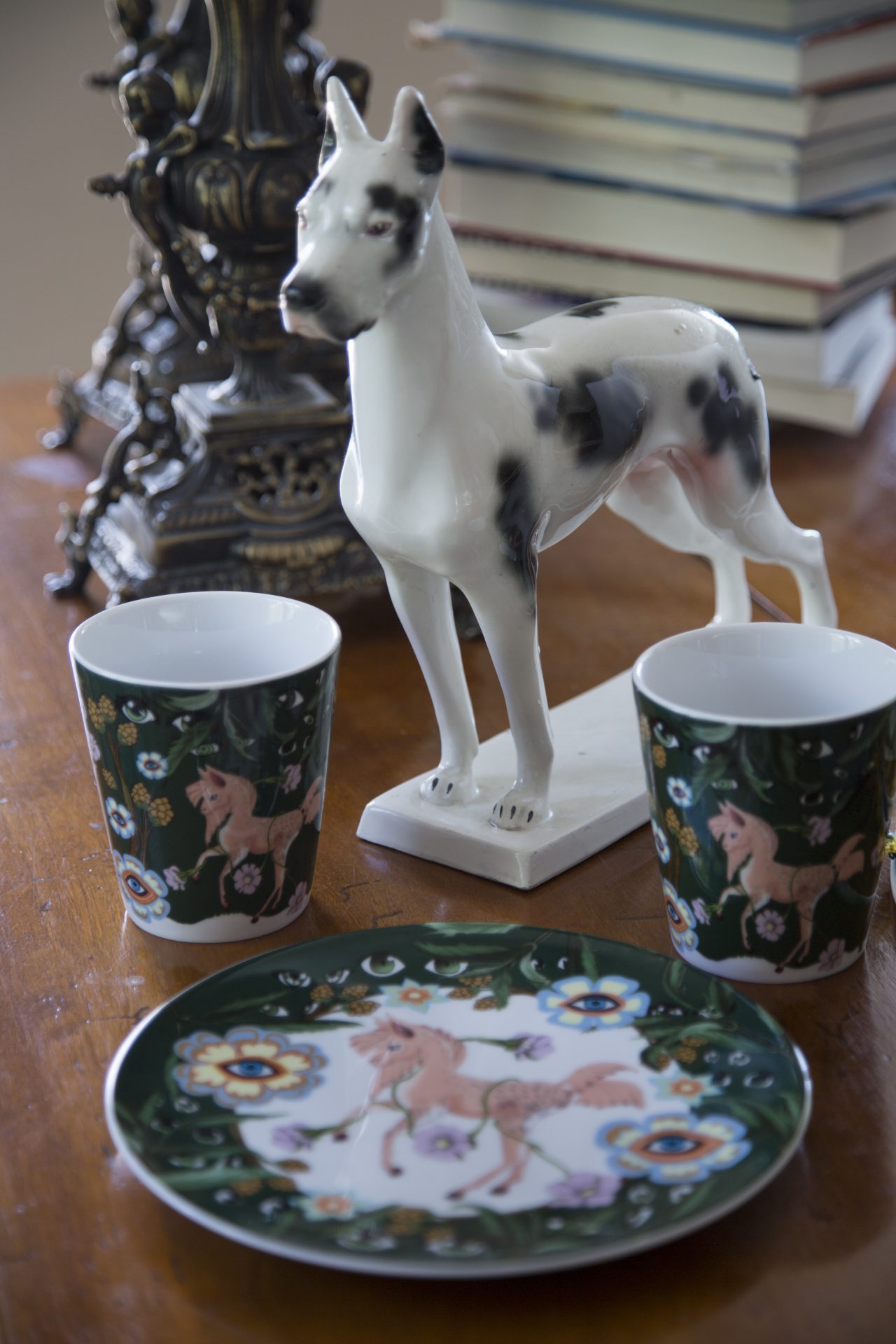
How has your background influenced your outlook today?
I guess we always strive for what we don’t have. I have always described Istanbul as a city of glam chaos. As an artist with an oriental and glam-chaos blood running in my veins, I have developed a fascination towards a more organised and open minded yet critical (lets say a rather) Dutch culture. This makes a nice balance between my new skin and my inner circuit.
Turkish culture values entrepreneurship a lot, which I definitely recognise myself in. Being able to turn a no into a yes (with grace), grabbing any opportunity, and if there is none, to create it. Also, dating back from the palace culture of the Ottoman Empire, I have grown up in a visual spectrum of gilded ornamentation, I grep up witnessing that decoration, where adornment brings more joy into everyday life. Together with my critical-design upbringing in The Netherlands, Viola and I developed a visual signature where we make conceptual ornamentations.
Art, technology and society constantly change. Our work is about real-time adapting, while making a synthesis of them through a “future desires” lens. We foretell these future desires through idealistic visuals, contemporary icons, idols we make, intellectual ornamentation and humour.
Was there a pivotal moment or time in your life that shaped you and that you knew you’d like to work within the creative industry?
Since I was a little kid, whenever someone would ask me what I’d like to do in the future, I’d always say “I will be an artist”, even though I didn’t completely understand what it meant. Born to parents who thrived in finance, art felt like a complete different planet. A planet where one is free, where there is endless creation, no rule and a lot of colour and beauty, “hallelujah Art” was Planet Pinar.
What programs do you use to create your works?
Photoshop! We always believe in mastering your craft. We use photoshop the way old Dutch masters would use their paint, which we believe brings back the human touch to a very digital age. Of course there are side tools, like illustrator, or some weird rare softwares that we would experiment with also, including Cinema 4d, After Effects, Premier, etc from people who we collaborate who’d use to make our video pieces.
Working with global brands such as Nike or Ikea, are there any restrictions (such as political or visual) that they apply?
Yes, of course. For instance for our collaboration with with IKEA, the first thing they told us was that the works should not offend anyone. As IKEA has the capacity to enter each home, the visual we use should be befriended by everyone in the world. As you can image, as our work is about signs and symbols, this was not an easy task. To make culturally-relevant and critical work under very careful guidelines, we found the solution in having a theme of embracing the stranger. Our collection is filled with mythical creatures, eyes from different cultures (Oriental, Japanese) and aliens. For example, we had mudras and a third eye on a beautiful alien image, but given the fact that it was too “asian-inspired” IKEA did not allow us to keep them.
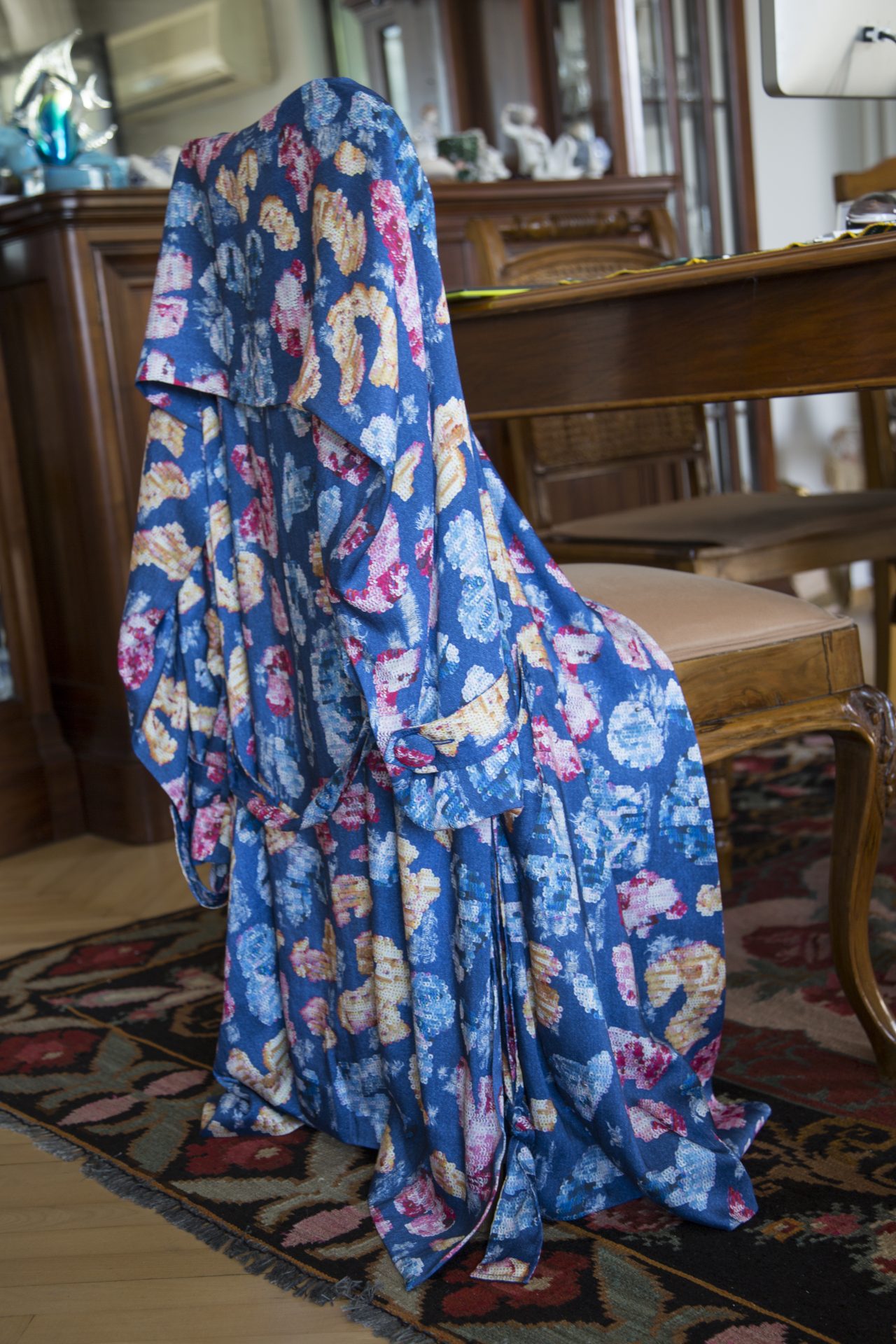
What are your upcoming projects this year that you are working on?
In order to be in the forefront of image innovation, each year we launch image collections. Similar to the way fashion designers launch collections about the future of clothing, we launch collections about the future of images. Done with our future trend radars, we experiment with different image-making techniques with culturally relevant topics. Our latest collection was healing prints, where we developed a new visual language of rebellious peace messages using textile as our medium and our bodies as our canvas. Currently we are also working on our next collection, developing new prints, patterns, contemporary signs and symbols around a topic which makes our heart beat till the max.
Apart from my collaboration with Viola, I am currently working on my dream project which is to create an artistic technology company in Los Angeles which will create transformative experiences on well being and enrichment in VR/AR. It will be a sister company to Pinar&Viola, combining wisdom with entertainment, while learning and adapting to the latest image-tech developments. I came to this point after realising that companies which are leaders in their line of expertise hire us for what we experiment 4-5 years prior. I’d like to bring fantasy and goodness to the future of AR and VR while moving the dialogue away from gaming towards art, wellbeing, experiences, sports, healing, wisdom, entertainment and tools to foster belonging.
